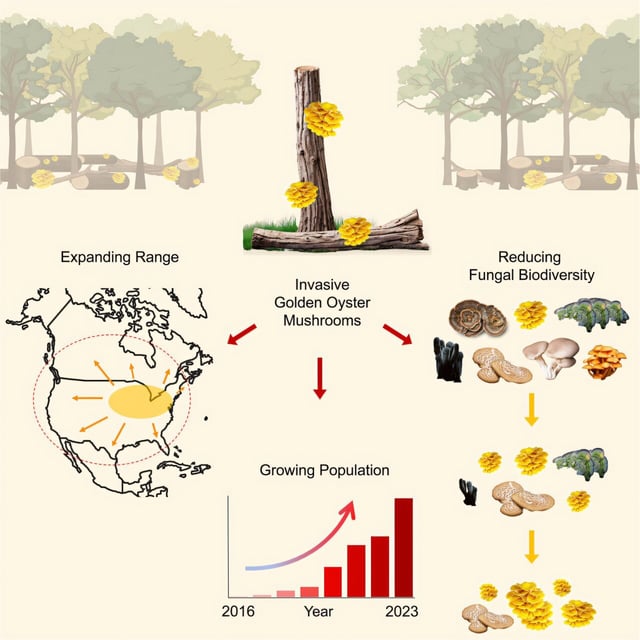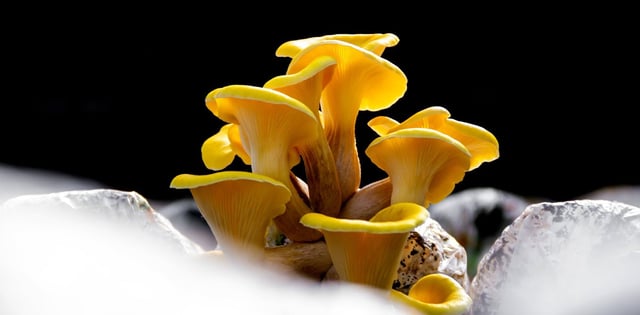Overview
- The species has spread outward from documented escape sites in New York, Iowa, Wisconsin and Ohio to forests across the United States.
- DNA tests in Wisconsin forests show invaded trees support roughly half the native fungal species richness compared to uninvaded trees.
- Community scientist observations from iNaturalist and MushroomObserver enabled detailed mapping of the mushroom’s rapid national expansion.
- Climate models project that rising temperatures will open new habitats, fueling further spread and deeper biodiversity losses.
- Researchers are investigating escape pathways and exploring management strategies such as sporeless strains or targeted biological controls.


